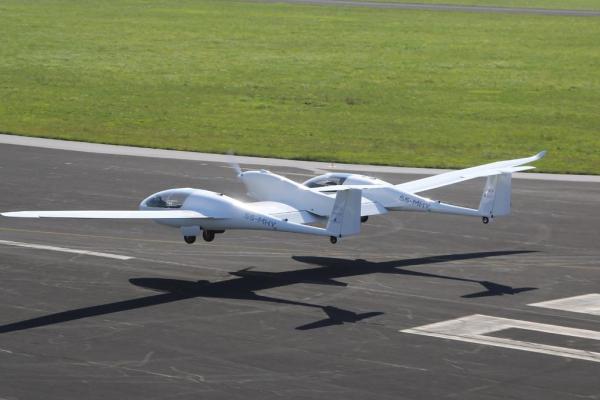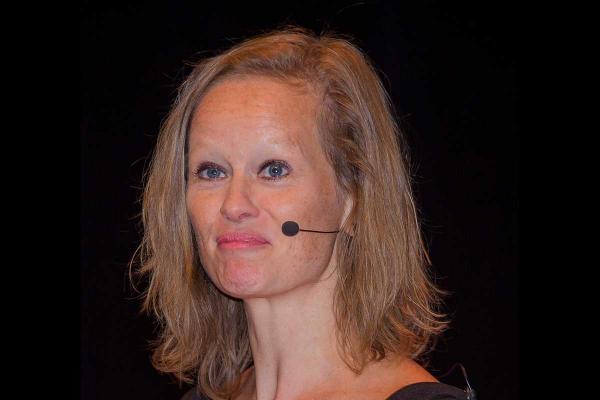Today, aviation is responsible for 3.6% of EU greenhouse gas emissions. Modern planes use kerosene as fuel, releasing harmful carbon dioxide into the atmosphere. But what if there was another way?
People in cities experienced cleaner air during lockdowns, but a permanent shift to greener modes of transport and habits is ‘extremely complex to achieve’ given how much space is devoted to cars and…
Moving more goods by water could reduce pressure on roads and cut emissions, yet Europe’s shipping industry is held back by labour shortages. Automated shipping – which would work in a similar way to…
Lithium-sulphur batteries, which are lighter and cheaper than today’s models, may be the next generation of power cells that we use in electric cars or mobile phones – if scientists can get them to…
By 2030, a fifth of the fuel that motorists put into the petrol tanks of their cars could be alcohol, according to research concluding that new petrol and ethanol blends can reduce carbon emissions…
In the zero-carbon cities of the future, commuting to work may take the form of hailing a driverless shuttle through an app which ferries you from your door to the nearest public transport terminal.…
Delivering online shopping to people’s homes is a huge source of greenhouse gas emissions, particularly when deliveries fail and the journey needs to be repeated. Researchers are now re-thinking home…
Across Europe’s cities, the demand for delivery services is increasing. But these deliveries affect urban life as they add to traffic congestion, noise and pollution and many cities are now…
How people and deliveries get to their final destination is currently making urban environments harder places to live, and cities need to solve this ‘last mile problem’ by using a combination of ‘…
When it comes to planes cruising through the air, many of us are used to the idea of them flying on autopilot with little or no input from a human pilot as they travel from one destination to another…














